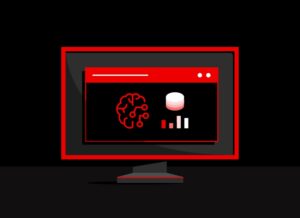
Verticals
Related Articles
-
The Practical Applications of Artificial Intelligence in Government Programs
Discover common artificial intelligence (AI) use cases for Government programs and how AI is automating many time-consuming processes.
Building Sustainable Automation: How Government Agencies Can Scale IT Operations for the AI Era
Sustainable automation is mission critical for State and Local Governments facing budget constraints, workforce transitions and AI adoption.




